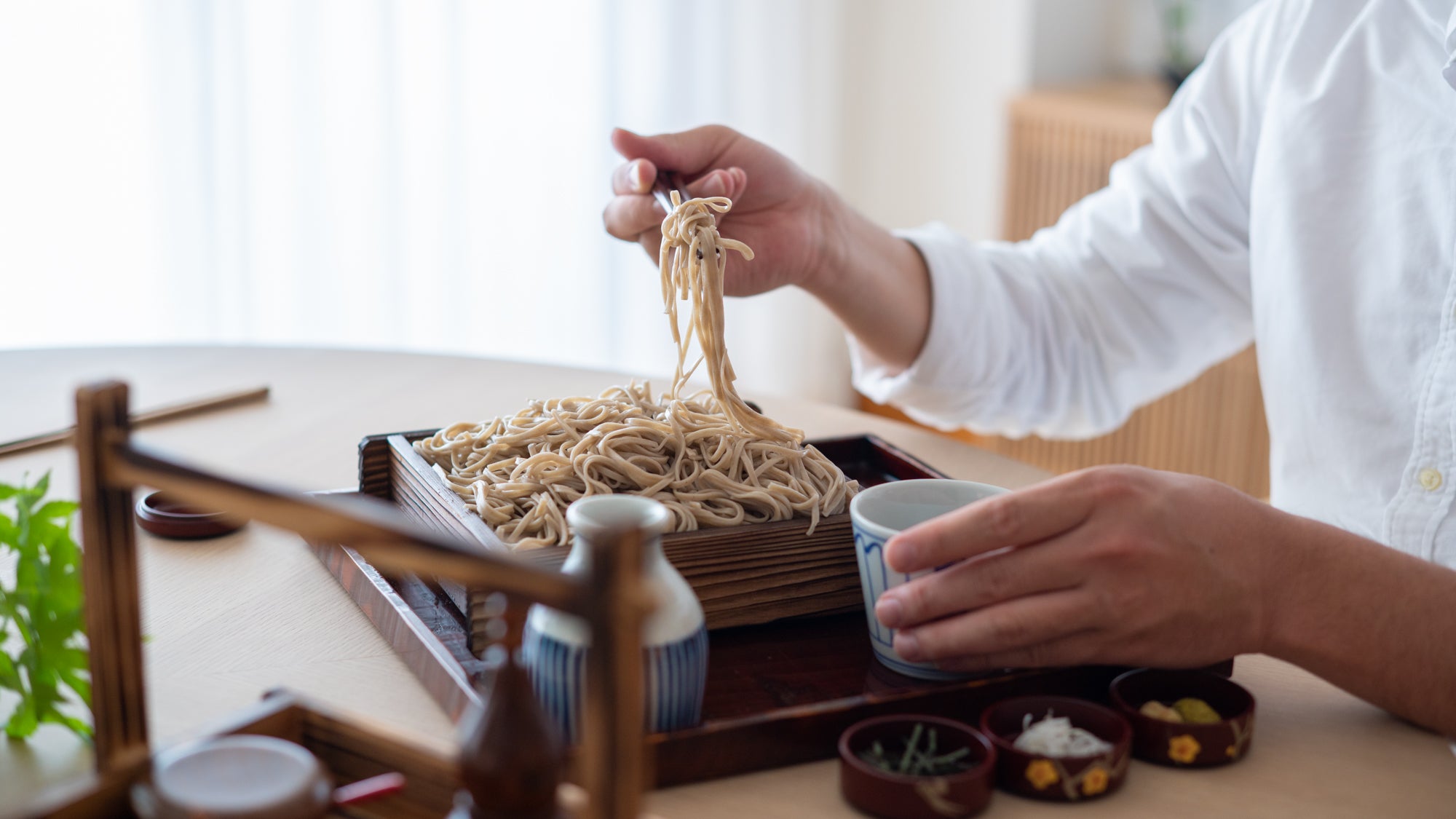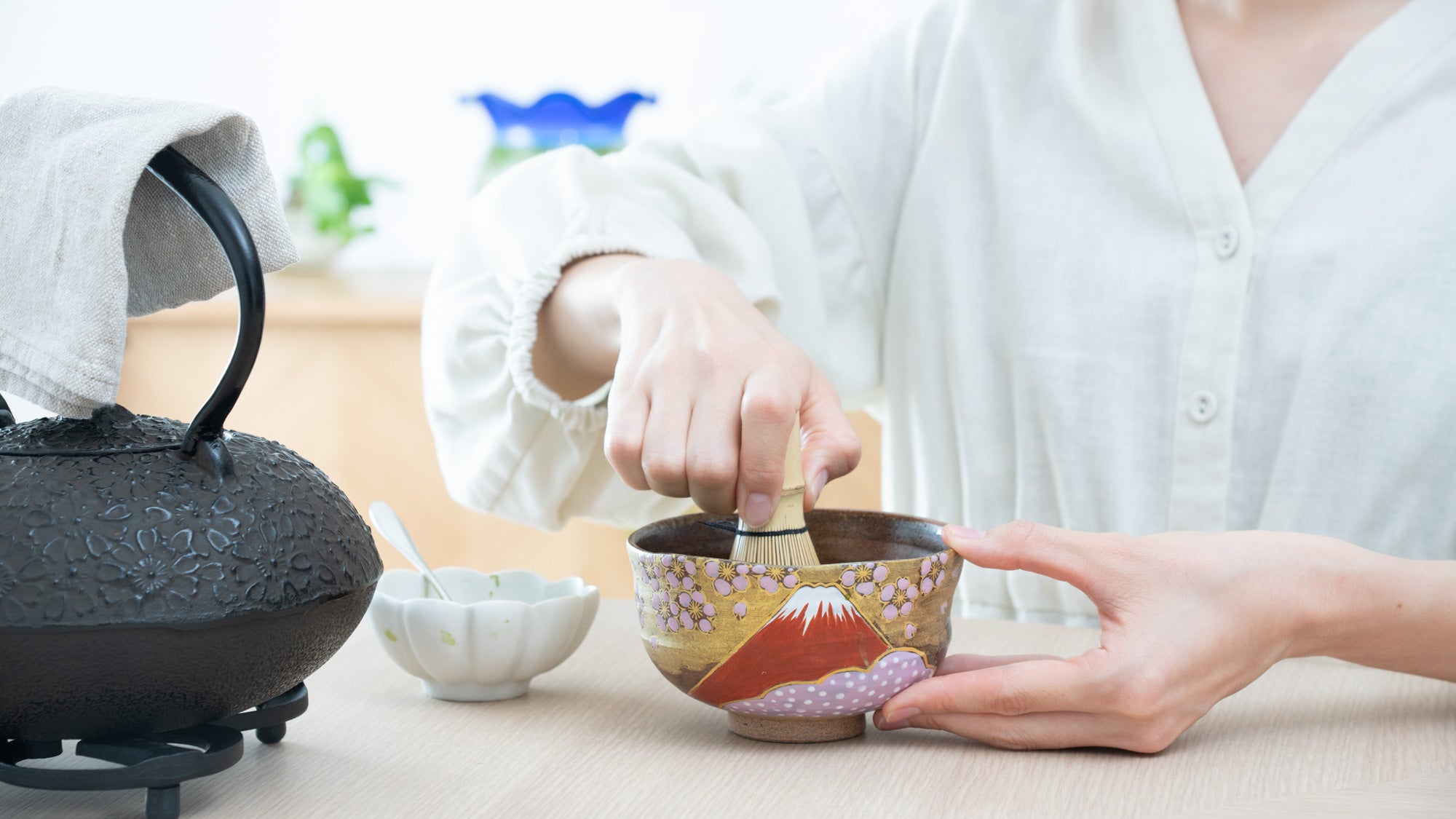20 January 2023
All About the Setsubun

As February approaches in Japan, supermarkets and convenience stores display ogre masks and packaged roasted soybeans. This is necessary for the Japanese annual event called Setsubun, which takes place around the third day of February.
On Setsubun day, "Mamemaki" (bean-throwing) is held and people scatter roasted beans both inside and outside of their houses. When throwing the beans, they say "Oni wa soto, Fuku wa uchi!" which means "Ogres out, Fortune In!" In Japanese, the word "oni" means evil spirit or ogres, and "fuku" means luck and good fortune. After the bean-throwing ceremony, people pick up the scattered beans and eat the number of beans equal to or one more than their age.
Setsubun has a long history in Japan and is still a very familiar event today.
Contents
- When Is Setsubun?
- History of Setsubun
- Let's Try "Mamemaki" Bean-Throwing!
- Other Customs Related to Setsubun
- A Unique Way to Welcome the Arrival of Spring!
When Is Setsubun?
The word "Setsubun" means the division of the seasons. Originally, it referred to the day before each of the "Nijushisekki (24 solar terms)" of "Risshun (the first day of Spring)", "Rikka (the first day of summer)", "Risshu (the first day of autumn)", and "Ritto (the first day of winter)" in the Nijushisekki calendar, but eventually only the day before Risshun came to be called Setsubun.
Nijushisekki is a solar year divided into 24 equal parts according to the number of days or the position of the sun on the ecliptic, and the days that include the division points are given names that represent the seasons and natural characteristics of each season. Risshun is determined by the position of the sun in relation to the earth and comes around February 4 every year, and Setsubun is the day before Risshun, which is around February 3.

Risshun is the first day of the year in the 24 solar terms, or the beginning of the year, and is the day that marks the beginning of a new season from the following day. Therefore, the event of "Mamemaki" (bean-throwing) has been held in many parts of Japan in order to drive away evil spirits and bad things, and to bring good luck in the new year. In addition to bean-throwing, various other customs are also observed in each region, such as delivering roasted beans to shrines and temples to pray for good health and good fortune throughout the year, and eating "Futomaki (fat sushi rolls)" called "Ehoumaki."
History of Setsubun

Setsubun seems to have originated in Japan, but in fact, the ancient Chinese ritual called "Tsuina" was the origin of this event. Tsuina is a "festival to drive away evil gods and pestilence, and to invite good fortune", and was the most frequently held festival in ancient China. Traces of this festival can still be seen in many places throughout China.
The content of this festival was introduced to Japan, and in the Heian period (c.794-1185), it became an annual event of the court. During the Tsuina ceremony, there was an event called "Mameuchi", in which a person wearing a golden mask and carrying a halberd or shield, drove away the government officials in the form of ogres by scattering beans as if they were disasters or plagues.
In the Kamakura (c.1185-1333) and Muromachi (c.1336-1573) periods, as the ancient ritual of Tsuina became obsolete, it was adopted by temples and shrines, and became a ritual to exorcise demons with beans, and spread to samurai families and the general public. In the Edo period, the custom shifted from New Year's Eve to Setsubun, and took its present form.
Let's Try "Mamemaki" Bean-Throwing!

1. Prepare beans
First, prepare roasted soybeans. Offer them to a "Kamidana (household Shinto altar)" until the night of the bean-throwing ceremony. If you do not have a Kamidana, place it in the direction of the south.
2. Start the bean-throwing ceremony at night
Since it is believed that ogres come at midnight, night is the best time to start the bean-throwing ceremony. Open the front door or window of your house and scatter beans, saying "Oni wa soto!"
After closing the doors and windows immediately to prevent the ogres from returning, scatter the beans inside the room, saying "Fuku wa uchi!"
3. Eating the beans with everyone
Everyone should eat the beans together to pray for good health. The number of beans should be the same or one more than the age of the participants.
Other Customs Related to Setsubun
Hiiragi Iwashi (holly sardine)

In addition to bean-throwing, there is a custom of decorating the entrance of a house with "Hiiragi Iwashi (holly sardines)", which are roasted sardine heads pierced with a holly branch. This is said to mean that the spikes of holly and the strong smell of the roasted sardines will keep ogres away when they try to enter the house. In some areas, sardines are not only decorated on Setsubun, but are actually eaten.
Ehoumaki

"Ehoumaki" is a type of "Futomaki (fat sushi rolls)" eaten on Setsubun day, facing in the direction of "Ehou", which is considered auspicious according to the zodiac sign of the year. This custom is said to have originated in the Kansai region. The manner of making the roll varies, but it is common to eat the whole roll without cutting it with a knife and without saying a word. It is believed that eating the whole sushi roll is meant to "avoid severing the relationship" and that the reason for eating without speaking is that "if you speak, the good fortune will escape." There is no rule for the ingredients to be put in ehoumaki, but it is said that seven kinds of ingredients should be put in it, in reference to the seven gods of good fortune. Typical examples are eel, "Kanpyo (dried gourd)", cucumber and "Datemaki (a sweet rolled omelet)."
A Unique Way to Welcome the Arrival of Spring!
The Japanese custom of Setsubun is a joyful way to welcome the coming of spring after the long winter months. There is an ancient history behind it that has become part of many people's lives. To celebrate, there are a variety of activities that can be enjoyed with family and friends - from constructing ogre costumes to munching on beans-filled treats. Whether young or old, everyone can take part in this festive occasion from their own homes!



























































































































































































































